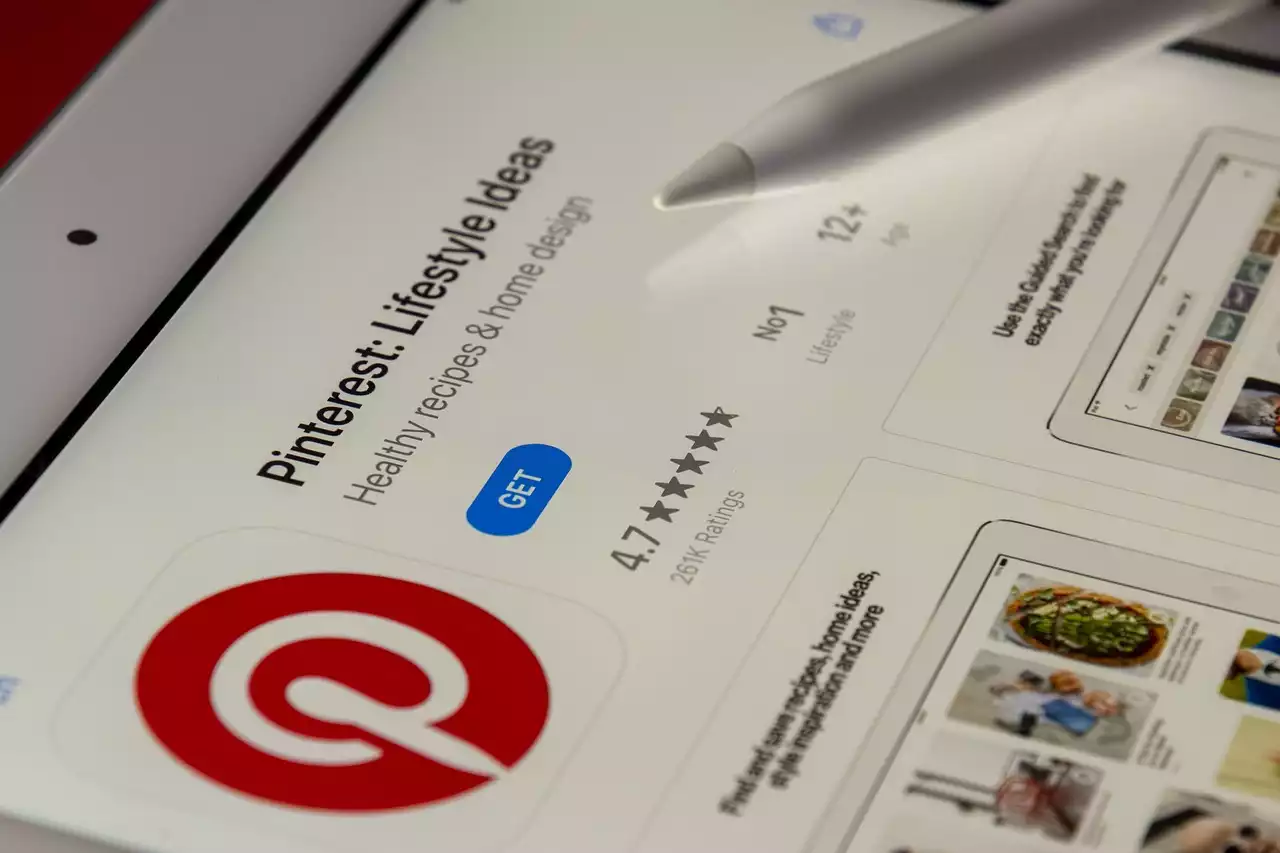Understanding Progressive Web Apps (PWAs)
A Progressive Web App (PWA) is a web application that uses modern web technologies to provide a user experience similar to that of a native mobile application. PWAs work in all modern browsers, and they can be installed on the user's device, just like a mobile app. PWAs are designed to be fast, reliable, and engaging, and they offer a range of features that are not available in traditional web applications.
PWAs are built using web technologies such as HTML, CSS, and JavaScript, and they are designed to be responsive, meaning that they can adapt to the screen size of the device. PWAs also have the ability to work offline, which means that users can continue to use the app even when they are not connected to the internet. This is achieved through the use of a service worker, which is a JavaScript file that runs in the background and manages caching and offline functionality.
PWAs are also designed to be secure, with HTTPS being a requirement for all PWAs. This ensures that all communication between the app and the server is encrypted, providing protection against man-in-the-middle attacks and other security threats.
In summary, PWAs are web applications that provide a native-like experience, work offline, are secure, and are accessible from any device with a modern browser.
Benefits of PWAs
PWAs offer a range of benefits for both users and businesses. For users, PWAs provide a seamless experience that is fast, reliable, and engaging. PWAs are designed to work on any device, and they can be installed with just a few taps, making them easy to use and access.
For businesses, PWAs offer a range of benefits in terms of user engagement and conversion rates. PWAs are designed to be fast and responsive, which means that users are more likely to stay engaged with the app. PWAs also have the ability to send push notifications, which can be used to remind users about the app and encourage them to return.
PWAs also have a higher conversion rate compared to traditional web applications. This is because PWAs provide a seamless experience that is similar to that of a native app, which means that users are more likely to complete their transactions. PWAs also have the ability to work offline, which means that users can continue to use the app even when they are not connected to the internet.
PWA adoption statistics
PWAs are gaining popularity among businesses and developers, with many companies adopting PWAs as part of their mobile app strategy. According to a report by Gartner, PWAs are expected to replace 50% of general-purpose, consumer-facing mobile apps by 2023.
In addition, a study by Google found that PWAs have higher user engagement compared to traditional web applications. Users spend an average of 8 times longer on PWAs compared to traditional web applications, and PWAs have a 52% higher conversion rate compared to traditional web applications.
These statistics demonstrate the growing popularity of PWAs and the benefits they offer in terms of user engagement and conversion rates.
Predictions for the future of PWAs
PWAs are expected to continue to grow in popularity, with many experts predicting that PWAs will become the standard for mobile app development in the future. Some of the key predictions for the future of PWAs include:
Rise of voice assistants
As voice assistants such as Siri and Alexa become more popular, PWAs are expected to become more integrated with voice-enabled devices. This will enable users to interact with PWAs using voice commands, making them more accessible and user-friendly.
Integration of AI and machine learning
PWAs are expected to integrate more advanced AI and machine learning technologies, which will enable them to provide more personalized and intelligent experiences for users. This will include features such as personalized recommendations, predictive analytics, and natural language processing.
Increased focus on performance and speed
As PWAs continue to grow in popularity, there will be an increased focus on performance and speed. This will include improvements to the underlying technologies used to build PWAs, as well as optimization of the user experience to ensure fast load times and smooth performance.
Expansion of offline functionality
PWAs are expected to continue to expand their offline functionality, enabling users to access more features even when they are not connected to the internet. This will include features such as offline forms, offline search, and offline content caching.
Trends in PWA development
As PWAs continue to evolve, there are several key trends emerging in PWA development. Some of the key trends in PWA development include:
Modular architecture
PWAs are increasingly being built using a modular architecture, which enables developers to break the app down into smaller, more manageable components. This makes it easier to develop, test, and deploy PWAs, and it also enables developers to reuse components across multiple PWAs.
Increased use of web components
Web components are a set of web platform APIs that enable developers to create reusable components for web applications. PWAs are increasingly using web components to create modular, reusable components that can be shared across multiple PWAs.
Use of modern web technologies
PWAs are built using modern web technologies such as HTML, CSS, and JavaScript, and they are designed to take advantage of the latest web standards and APIs. This enables PWAs to provide a fast, responsive, and engaging user experience.
The impact of PWAs on mobile app development
PWAs are having a significant impact on the mobile app development landscape, with many businesses adopting PWAs as part of their mobile app strategy. Some of the key impacts of PWAs on mobile app development include:
Lower development costs
PWAs are generally cheaper to develop compared to native mobile apps, as they do not require separate development for each platform. This makes them a more cost-effective option for businesses looking to develop mobile applications.
Faster time to market
PWAs can be developed and deployed more quickly compared to native mobile apps, as they do not require separate development for each platform. This enables businesses to get their app to market faster, which is essential in today's fast-paced digital landscape.
Increased user engagement
PWAs have been shown to increase user engagement compared to traditional web applications, which can lead to higher conversion rates and increased revenue for businesses. This is because PWAs provide a seamless, fast, and engaging user experience that encourages users to stay engaged with the app.
Challenges facing PWAs
Despite their many benefits, PWAs face several challenges that need to be addressed. Some of the key challenges facing PWAs include:
Browser support
PWAs rely on modern web technologies and APIs, which are not supported by all browsers. This can limit the availability of PWAs, as users may not be able to access the app on older browsers.
Limited access to device features
PWAs have limited access to device features such as Bluetooth, NFC, and the camera, which can restrict their functionality compared to native mobile apps.
App discoverability
PWAs can be more difficult to discover compared to native mobile apps, as they do not have the same presence in app stores and search engines.
Best practices for PWA development
To ensure that your PWA delivers the best possible user experience, it is important to follow best practices for PWA development. Some of the key best practices for PWA development include:
Design for performance
PWAs should be designed with performance in mind, including fast load times, smooth animations, and responsive design.
Optimize for mobile
PWAs should be optimized for mobile devices, including touch-based navigation, mobile-friendly layouts, and responsive design.
Ensure security
PWAs should be built with security in mind, including the use of HTTPS, secure authentication, and secure data storage.
Focus on user experience
PWAs should be designed with the user in mind, including intuitive navigation, clear calls to action, and engaging content.
Examples of successful PWAs
There are many examples of successful PWAs, including:
Twitter Lite
Twitter Lite is a PWA that provides a fast, reliable, and engaging user experience that is similar to that of the native mobile app. Twitter Lite is designed to work on any device, and it includes features such as push notifications and offline functionality.
Pinterest is a PWA that provides a fast, seamless, and engaging user experience that is similar to that of the native mobile app. Pinterest is designed to work on any device, and it includes features such as push notifications and offline functionality.
Starbucks
Starbucks is a PWA that provides a fast, reliable, and engaging user experience that is similar to that of the native mobile app. Starbucks is designed to work on any device, and it includes features such as push notifications and offline functionality.
The future of PWAs and their role in the mobile app landscape
PWAs are expected to continue to grow in popularity, with many experts predicting that PWAs will become the standard for mobile app development in the future. PWAs offer a range of benefits for both users and businesses, including fast load times, reliable performance, and engaging user experiences.
As PWAs continue to evolve, we can expect to see more advanced features and technologies being integrated into PWAs, including voice assistants, AI and machine learning, and offline functionality. PWAs are also expected to have a significant impact on the mobile app development landscape, with businesses adopting PWAs as part of their mobile app strategy to deliver the best possible user experience for their audience.
In conclusion, the future of PWAs is bright, and businesses that invest in PWAs are likely to see significant benefits in terms of user engagement, conversion rates, and overall ROI. By understanding the latest trends and best practices in PWA development, businesses can stay ahead of the curve and deliver the best possible mobile experience for their audience.










